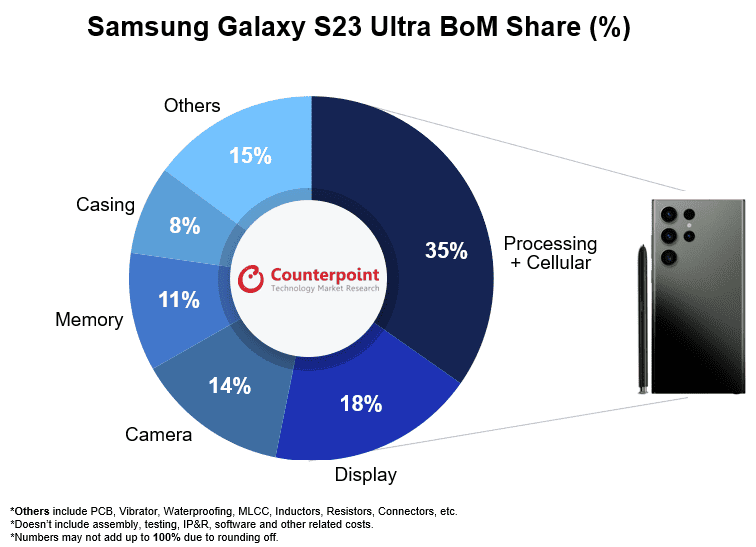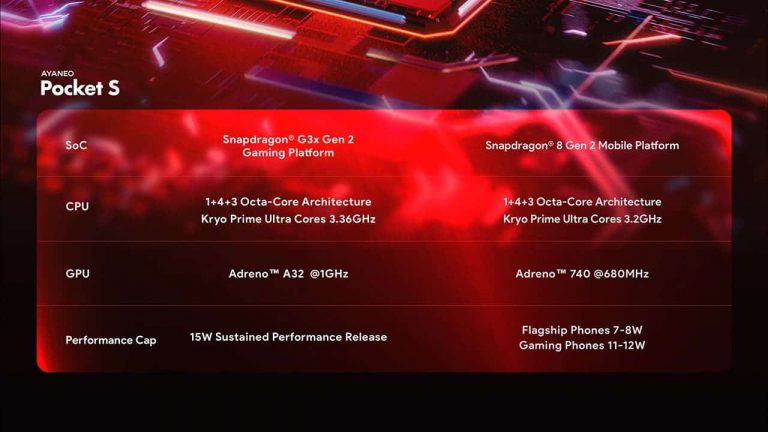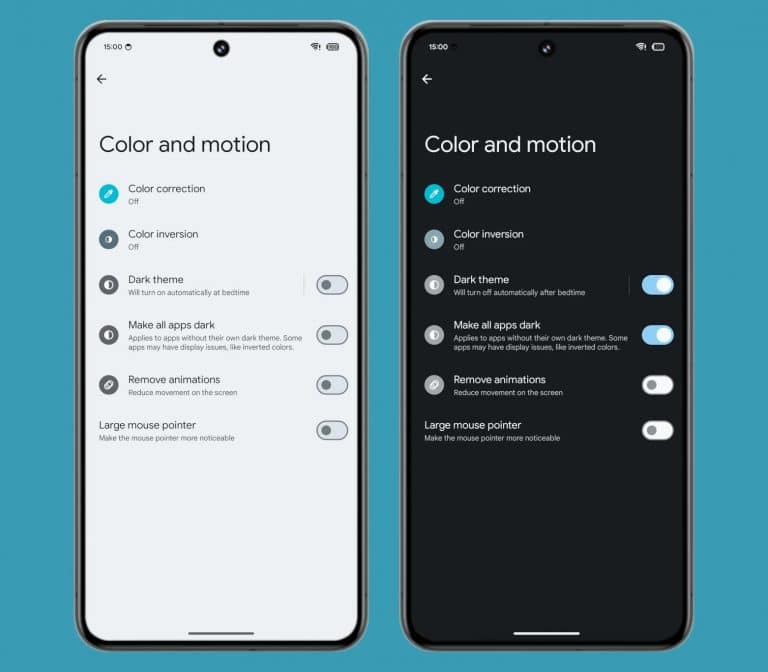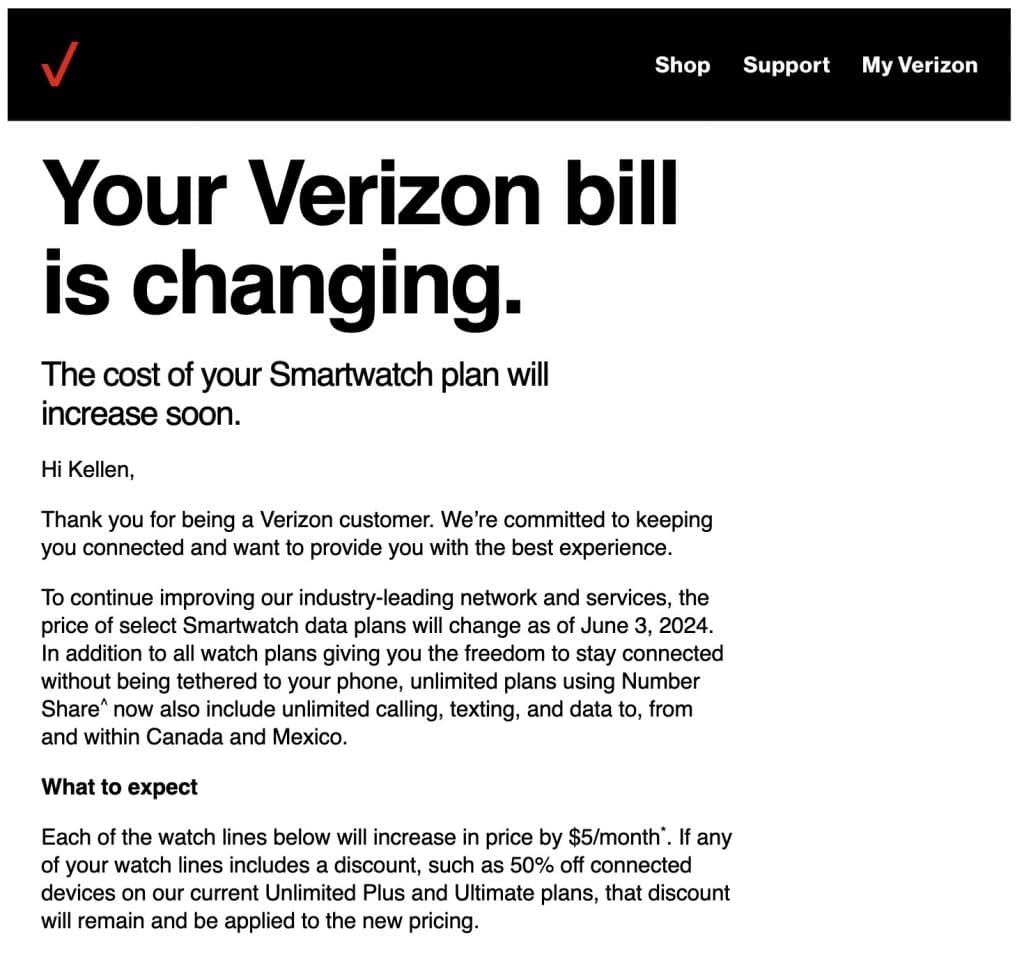On the lookout for a top-tier Android phone? Well, you will be looking to spend at least $1,199. And if you wish to get a better configuration, it will cost you a whopping $1619. These are the current pricing information for the Galaxy S23 Ultra, considered one of the most expensive Android smartphones in the market.
But do you know how much it costs for Samsung to manufacture the Galaxy S23 Ultra? Well, it’s not even near the $1000 mark. In fact, the manufacturing cost is not even close to $500!
Galaxy S23 Ultra Costs $469 to Manufacture
Counterpoint Research delved deeper into the bill of materials (BoM) of the Galaxy S23 Ultra. Based on the information shared by Counterpoint Research, the bill of materials comes to a rather underwhelming price of $469. That is 154% less than the retail price of the starting model.
Now, even though the manufacturing cost is considerably less, $469 BoM is a lot. And that can make you wonder how much of a share is each of the components of Galaxy S23 Ultra getting. Well, based on the bill of material, the processing and cellular totals up to $35 of the entire cost. Both of these components are provided by Qualcomm.

The camera and display, on the other hand, total up to 32%. These two components are primarily from Samsung. The casing takes 8%, while the memory takes 11% of the total manufacturing cost. And others components of the Galaxy S23 Ultra have a 15% share of the total production cost.
Gizchina News of the week

Wondering what these other components are? These other components include PCB, MLCC, waterproofing, vibration motor, and other phone features. However, Counterpoint Research did not provide explicit data on the cost of assembling, testing, software, and other related costs of the Galaxy S23 Ultra.
Interested in learning about the credibility of this data? Well, Counterpoint Research is known for looking deeper into the industry. To be exact, it is one of the trusted global technology market research firms in the TMT industry. So, its detailed analysis of report is generally not taken with a grain of salt.
Why Is the Selling Price 154% Higher?
So, the total bill of materials for the Galaxy S23 Ultra comes to $469. And if you consider the base version of the device, that’s $730 less than the retail price. This can make you wonder where is this $730 going. Is Samsung putting this amount of money directly into its pockets?
Not really! As mentioned earlier, the bill of materials shared by Counterpoint Research does not include other aspects of the phone. It just goes through the pricing of the components that are inside the Galaxy S23 Ultra. That leaves us with software, assembly, testing, IP&R, and other related costs.
Although we do not have concrete data regarding it, the total cost for Galaxy S23 Ultra with those factors considered is surely higher than $469. And Samsung is definitely not making 154% profit by selling the device. Instead, I am speculating it to be considerably less than 100%.

For that reason, this bill of material of the Galaxy S23 Ultra should make you think that the phone is cheap to make. Instead, consider the data as an insight into how much it would take to resource the materials and ready up the aspects of the phone.
Talking of which, it’s quite interesting to see Samsung giving out the highest percentage of cost to Qualcomm. Maybe that’s the reason why it wants to shift to Exynos 2400 for the Galaxy S24 series in certain regions. But still, that information is yet to be confirmed.
So, Samsung might still spend the most on getting things from Qualcomm for the Galaxy S24 lineup in the future. We will update you if we learn more about this matter.
Via: gizchina.com










